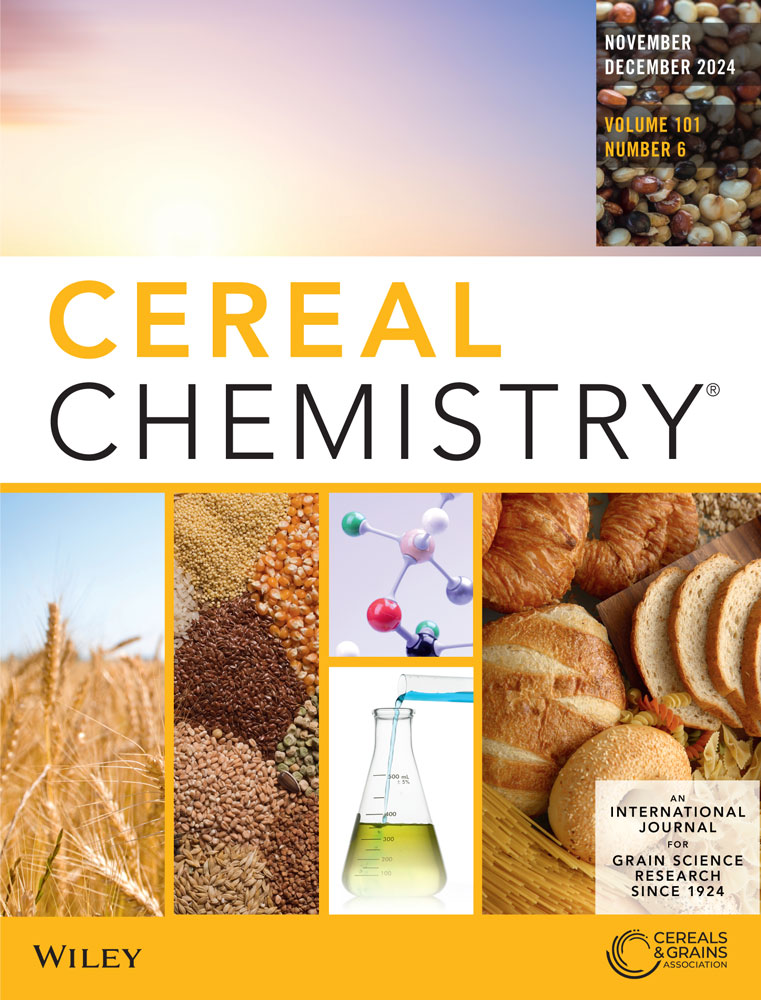High-Molecular-Weight Glutenin Subunit Profiles Desirable for Making Tortillas in Eastern US Soft Winter Wheat
Abstract
Background and Objectives
High-molecular-weight glutenin subunits (HMW-GSs) have a major influence on gluten strength and the quality of dough-based products requiring gluten development. Eastern US soft winter (ESW) wheat with a high protein content and strong gluten strength is suitable for making tortillas; however, the role of HMW-GSs in tortilla preparation still needs to be clarified. The influence of HMW-GSs on tortilla quality was evaluated using 38 ESW wheat varieties possessing 13 predominant HMW-GS profiles.
Findings
Protein strength, as indicated by Glu-1 score, shows a negative relationship with tortilla diameter and a positive relationship with opacity and rollability scores. Subunits 7OE + 8 were associated with a small diameter and a high tortilla rollability score. ESW wheat varieties carrying subunits 5 + 10 produced tortillas with a smaller diameter and higher opacity score than those carrying subunits 2 + 12, 2 + 10 or 2 + 121.
Conclusions
ESW wheat carrying HMW-GS profile (2*, 7OE + 8, 5 + 10) or (1, 13 + 16, 5 + 10) produced tortillas of comparable quality to those prepared from commercial tortilla flours.
Significance and Novelty
This research provides ESW wheat breeders and tortilla manufacturers with an effective and efficient tool for identifying ESW wheat varieties possessing the appropriate protein characteristics for making tortillas using HMW-GS profiles and their genetic markers.

 求助内容:
求助内容: 应助结果提醒方式:
应助结果提醒方式:


